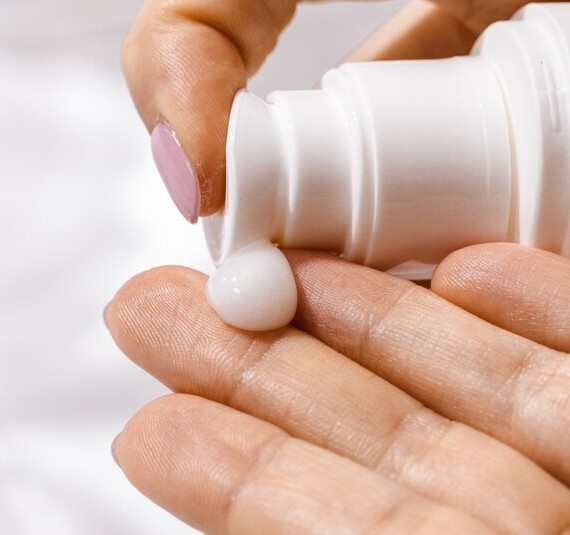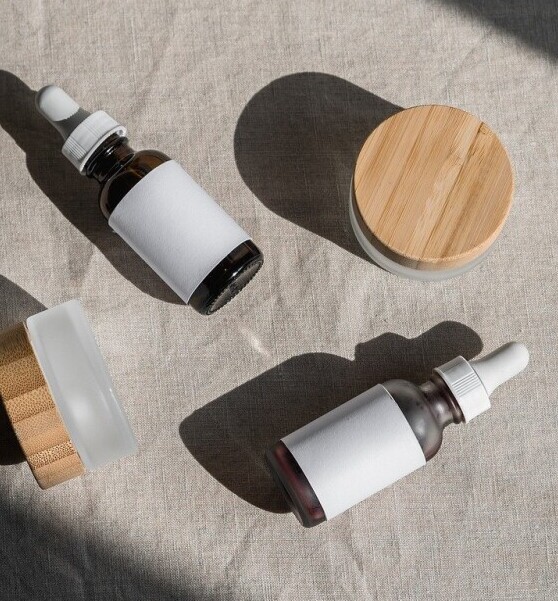Aging skin might feel like an unwelcome guest, but understanding its science can help manage it. The skin, our largest organ, gradually loses elasticity and firmness as collagen production dwindles. Enter the world of anti-aging treatment with acids! These powerhouses target those pesky signs of aging, providing a boost where your skin needs it most.
Acids in skincare can sound daunting, but they’re far from it. These nifty molecules do a bit more than just a surface clean. They work hard to shed old skin cells, revealing fresher layers beneath. This renewal process can make skin feel smoother and look visibly younger.
When you bring acids into your beauty routine, you’re adding dynamic players to the field. They don’t just sit on the skin’s surface; they dive deep into the layers, tackling fine lines, sun damage, and uneven texture head-on. Regular use can not only smooth wrinkles but also add back that youthful glow.
Thinking of introducing acids to your skincare regime? You’ll find plenty of benefits. They can elevate your routine from mundane to marvelous, providing hydration, brightening, and renewing properties that can transform tired, aging skin into a fresher version of itself.
Identifying the Best Acids for Anti-Aging
Alpha Hydroxy Acids (AHAs) are some of the most popular picks in the anti-aging acid world. Glycolic acid is the star here, known for its small molecule size that penetrates deeply to exfoliate and boost collagen production, leading to smoother skin. Lactic acid, often lauded for hydration, is another gem that gently aids in revealing a brighter complexion without irritation. My favorite AHA is St. Ives Rose AHA Exfoliating Vegan Facial Toner https://amzn.to/4l4PYdD(paid link) . I apply it with a cotton round. Then I wipe my face with a towelette with water. I do not leave it on my skin like it says for fear of irritation. My skin feels silky smooth.
Salicylic acid, part of the Beta Hydroxy Acids (BHAs), works wonders for those prone to oily skin and breakouts, while also offering anti-aging perks. Its oil-soluble nature allows it to cleanse pores deeply, addressing acne and the subtle lines that come with aging.
Polyhydroxy Acids (PHAs) are perfect for sensitive skin. They operate on the surface, providing similar benefits to AHAs without the sting. This makes them ideal for those seeking a gentler option with slower absorption rates that nourish over time.
Hyaluronic acid is the hydration hero. While not an exfoliant, it’s exceptional for drawing in moisture, plumping the skin, and reducing the look of lines. It teams up amazingly well with other acids for comprehensive anti-aging support.
Retinoic acid, a derivative of Vitamin A, stands out as a powerful rejuvenating force. It’s known for boosting cell turnover and increasing collagen. It’s one of the most compelling choices if you’re serious about tackling wrinkles and boosting youthful radiance.
Navigating the acid landscape can feel like a quest, but it’s about matching your skin’s needs with the right ingredient. Whether you’re easing into acids with a milder option or opting for the powerhouse of retinoic acid, there’s an acid out there ready to take your skincare to the next level.
Choosing the Right Acid Serum for Younger-Looking Skin

Selecting the right acid serum for anti-aging hinges on understanding your specific skin concerns. Serums are targeted formulas that pack a punch, delivering high concentrations of active ingredients directly to your skin’s surface. They’re like a personalized treatment, tailored just for what your skin craves.
When it comes to acid serums, start by checking out the ingredients. Glycolic acid serums are fantastic for a rejuvenating glow and exfoliating dead skin cells. Lactic acid serums offer a gentle approach, perfect if your skin tends to be on the sensitive side, giving hydration and mild exfoliation. If you fight frequent breakouts, salicylic acid serums target those blemishes while easing congestion.
Retinoic acid serums often carry an aura of magic, especially for those battling deeper wrinkles. They help skin renew itself, smooth out texture, and brighten the look of mature or sun-damaged skin. However, these might be intense for beginners, so ease in gradually.
User reviews and dermatologist recommendations can be valuable. Many skincare enthusiasts swear by glycolic and hyaluronic combinations, which provide exfoliation along with intense hydration for an unbeatable duo. Brands often provide formulations tailored for specific needs, so it’s worth exploring a bit before settling down with ‘the one’.
The ultimate goal is a serum that feels right for your skin—a concoction that not only addresses aging but makes your skin feel good in the process. As always, start slow, give each new product a chance to work its magic before deciding if it’s right for you.
Best Practices for Using Acids Safely and Effectively
Acids are powerful allies in skincare, but using them safely and effectively is key to real results. Consistency is crucial, but too much enthusiasm can backfire. For instance, glycolic acid, while a rockstar for exfoliation, should be introduced cautiously. Some might tolerate daily use, but many find every other day is kinder to their skin. Watch how your skin reacts and adjust accordingly.
What Should NOT Be Mixed with Acids in Skincare:
1. Other Exfoliating Acids
Avoid:
- Mixing AHAs (glycolic, lactic) with BHAs (salicylic)
- Using multiple acid products at once (like an acid toner + acid serum + acid mask)
Why: Over-exfoliation can cause redness, peeling, sensitivity, and inflammation.
2. Retinoids (Retinol, Tretinoin, Retinaldehyde)
Avoid mixing:
- AHAs or BHAs with retinol or prescription retinoids
Why: Both increase cell turnover and can be very irritating together, especially for sensitive skin.
Better: Use acids in the morning and retinoids at night, or alternate them on different days.
3. Vitamin C (Ascorbic Acid)
Avoid mixing:
- Vitamin C with AHAs/BHAs
Why: Both are acidic and can destabilize each other or irritate the skin, especially in higher concentrations. Personally, I have found Vitamin C to be more irritating to my skin than some of the acids. I may have been using it too many days in a row. I have not used Vitamin C for a couple of months now and my skin has calmed.
Exception: Some well-formulated serums (e.g., with ferulic acid) combine these safely—but do so only if the product is professionally formulated.
4. Benzoyl Peroxide
Avoid mixing:
- Benzoyl peroxide with AHAs/BHAs or retinoids
Why: This combo can lead to severe dryness and irritation. Also, benzoyl peroxide can deactivate retinoids.
5. Niacinamide (in high concentrations)
Controversial mix:
- Niacinamide and acidic ingredients (like AHAs, BHAs, Vitamin C)
Why: Older studies suggested they neutralize each other, but newer research shows they can be layered carefully. Still, it may cause flushing or tingling for sensitive skin.
Tip: If unsure, use niacinamide in the morning, and acids at night or vice versa.
6. Physical Scrubs
Avoid combining:
- Scrubs/exfoliating brushes with chemical exfoliants (AHAs, BHAs)
Why: This can lead to microtears and damage the skin barrier.
✅ Safer Ingredients to Pair with Acids:
- Hyaluronic Acid – hydrates and soothes
- Ceramides – strengthens skin barrier
- Aloe Vera or Panthenol – calms inflammation
- Peptides – gentle and rejuvenating
- SPF – a must when using acids!
Sunscreen is a must-have partner when using acids. They can make your skin more susceptible to sun damage, so a broad-spectrum SPF protects the progress you’re making and prevents further aging. It’s worth the extra step to keep your skin shielded from UV rays.
Always apply acids to clean skin to maximize their benefits. Following up with moisturizer seals in the effects and keeps dryness at bay. If new to acids, start slow and build up to more frequent use as your skin acclimates.
Experts recommend patience as a virtue in skincare. Visible results take time, so give your routine a month or two before deciding if it’s right. Click here for more information on how to properly layer skincare. Alongside these tips, you’ll be better equipped to transform how your skin looks and feels, making those anti-aging aspirations a reality.

